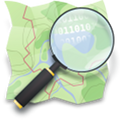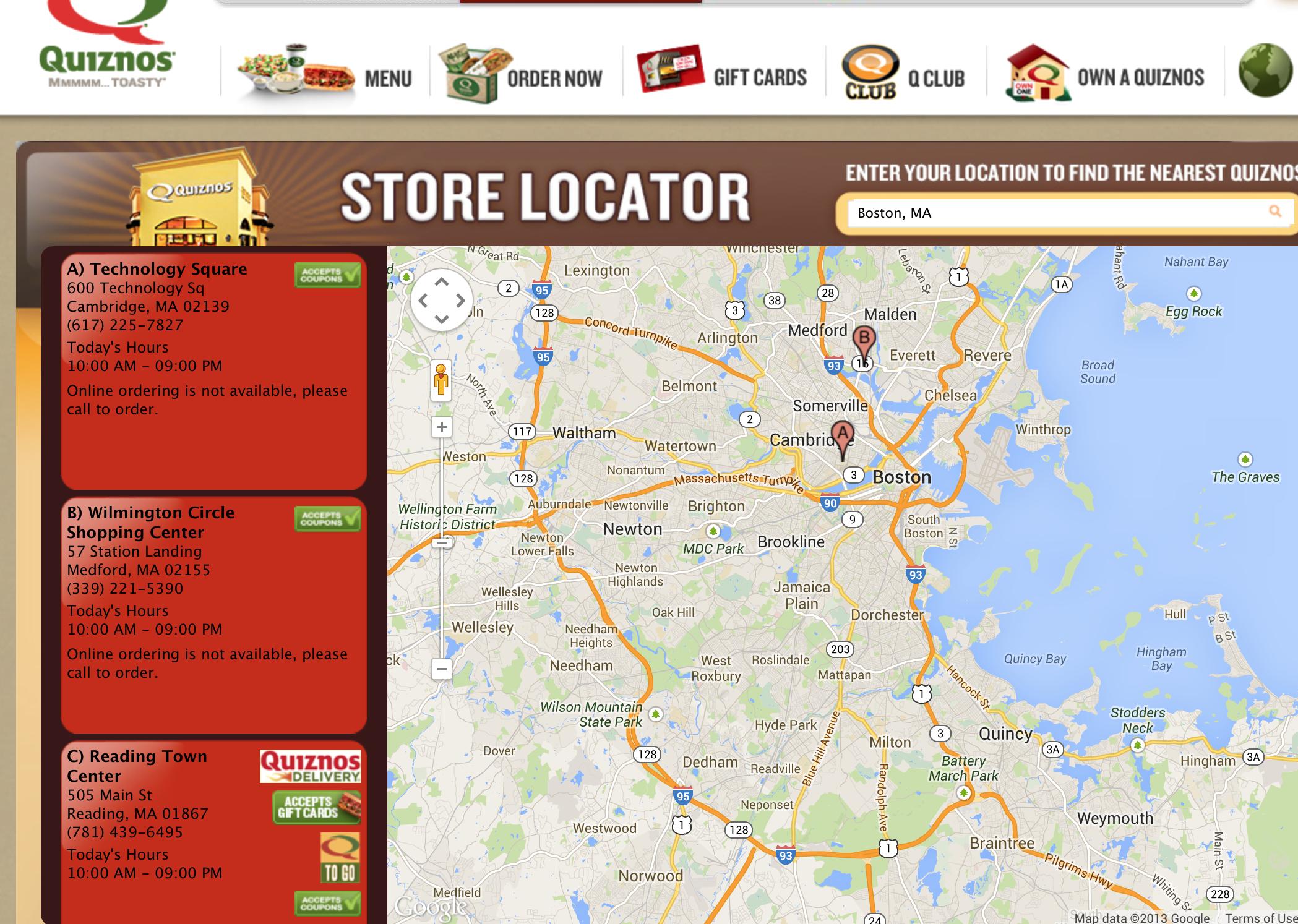Apple recently filed for an "Interactive Map" patent that in every way resembles a collection of technologies and methods known as "Geographic Information Systems" (GIS). 10 minutes of your time can help narrow US patent applications before they become patents. Follow @askpatents on twitter to help.
Claim 1 in particular has been in active use by the GIS community for over 40 years:
A method for displaying a map on a computing device, comprising:
Storing information to be displayed on the map in a memory of the computing device, the stored information comprising a plurality of different layers of information, wherein each layer contains a respective type of information;
Displaying a map on a display of the computing device, the map comprising a plurality of the layers of information superimposed upon one another;
In response to a user selection of a display mode corresponding to a topic of interest, displaying at least one layer containing information that is associated with the selected mode; and
Enhancing the value of at least one display parameter for map features of each displayed layer that are associated with the selected mode, relative to a default value for the display parameter.
Likely innovators/publishers(manuals...)/patentees in this vein include Esri, Pitney Bowes and Google.
Please help find prior art from June 5th 2012 or earlier.
Prior art can be any publication (webpage, user manual, paper, book, youtube video, patent pre-grant publication) or patent. It is helpful to establish a date when the prior art was available to the public and a solid reference which can be cited by the USPTO. A citable reference can often be found in a contemporaneous publication about the technology in magazine, blog, or scientific article. Another place to look is The Wayback Machine.
Let's help inform the USPTO!
- Publication Number: US 20130339891 A1
- Priority Date: Seeking prior art predating Jun 5, 2012
- Assignee: Apple, Inc.
What is good prior art? Please see our FAQ.
Want to help? Please vote or comment on submissions below. We welcome you to post your own request for prior art on other questionable US Patent Applications.


 OpenStreetMap was founded in 2004:
OpenStreetMap was founded in 2004:


